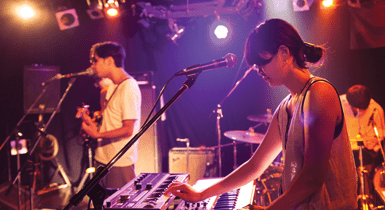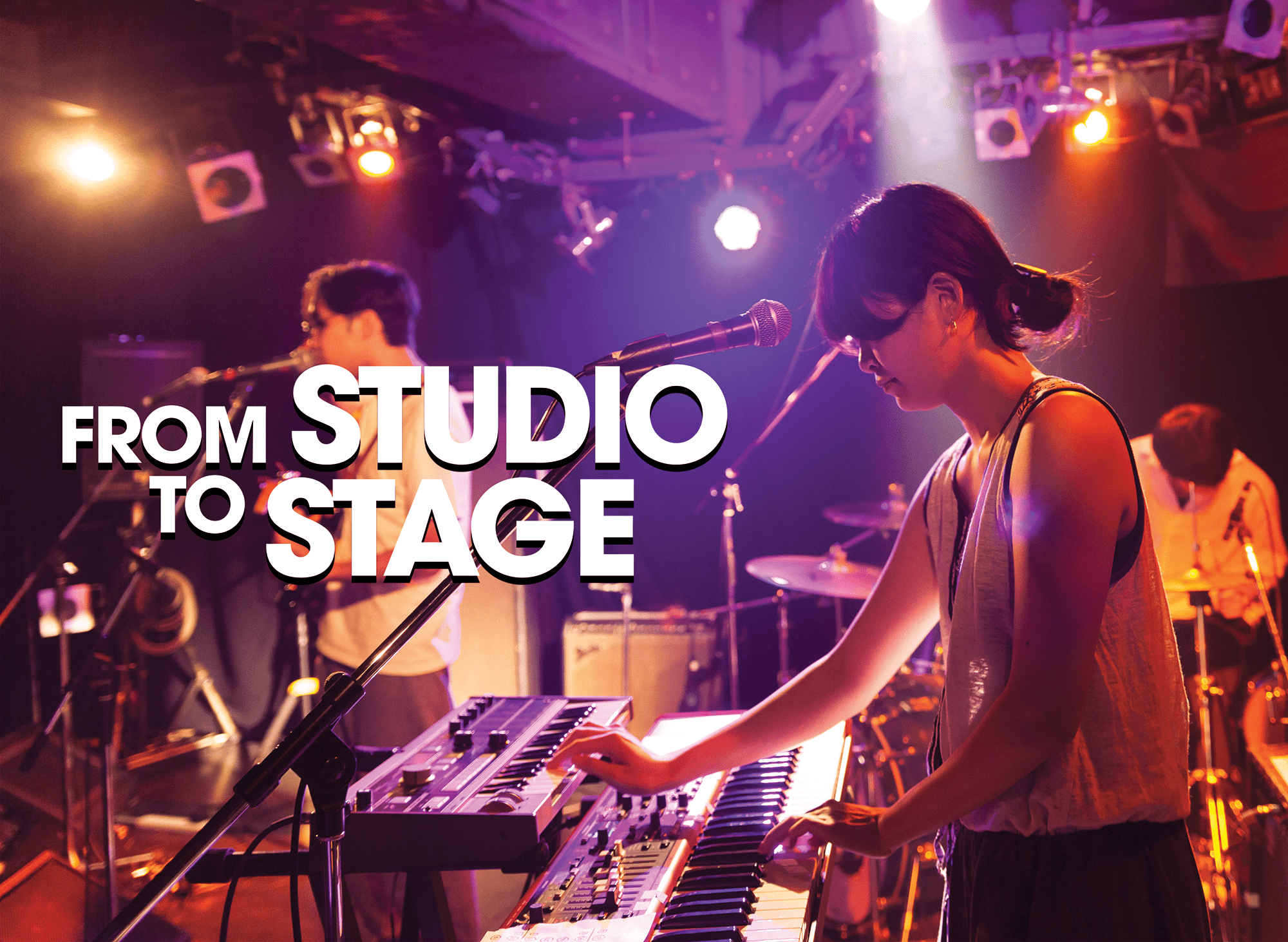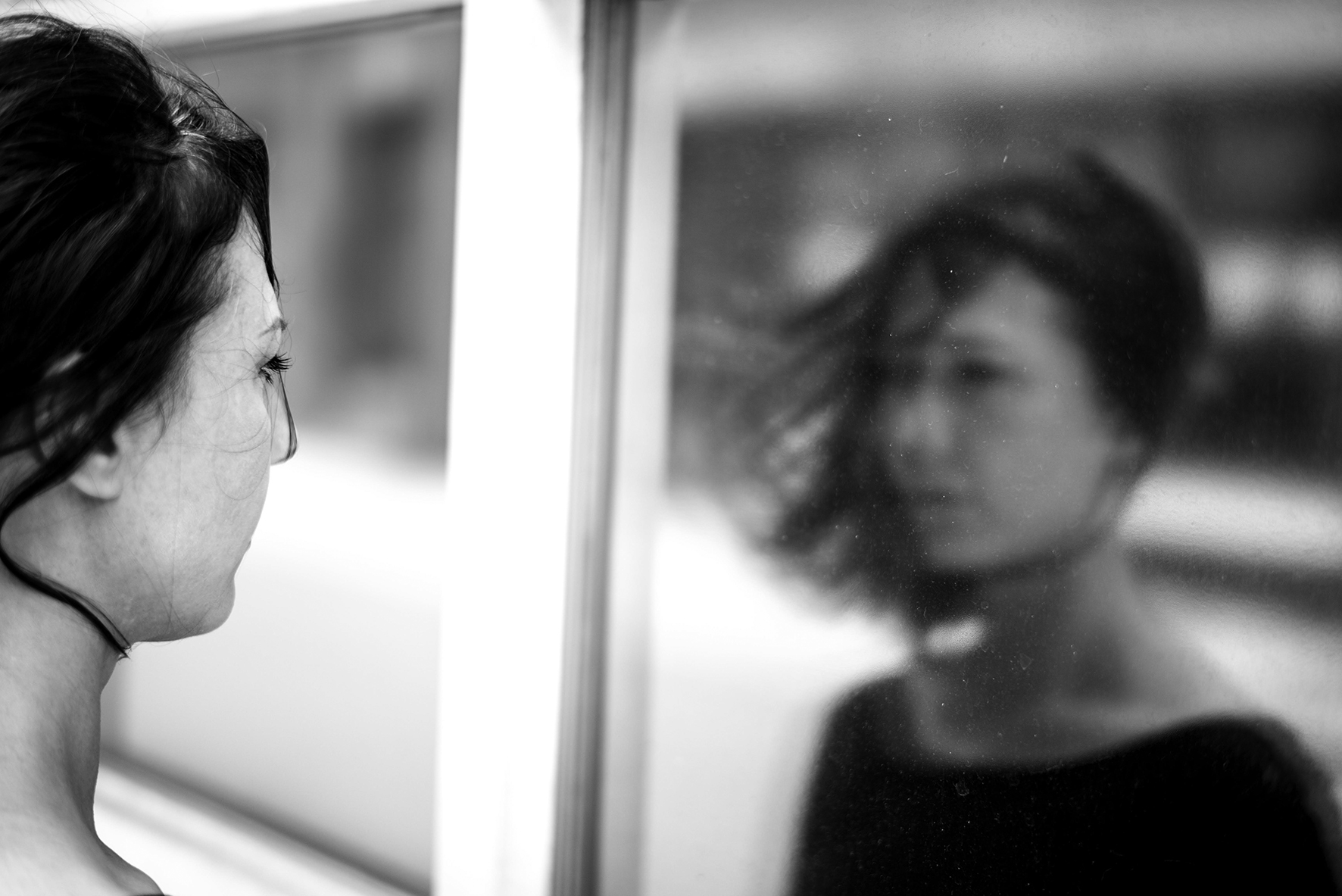From Studio To Stage – Laying The Foundations For Performance
Every producer should experience playing their music in front of an audience – it’ll transform the way you think about your own sounds. But there are challenges in moving from studio to stage, so let Martin Delaney take you through it… Working on music in the privacy of the bedroom, small studio, or coffee shop […]

Every producer should experience playing their music in front of an audience – it’ll transform the way you think about your own sounds. But there are challenges in moving from studio to stage, so let Martin Delaney take you through it…

Working on music in the privacy of the bedroom, small studio, or coffee shop is one thing, but taking it to the stage can be a bit of a culture shock. After playing just one gig, your perceptions about gear, music and maybe even your artistic ambitions will change, as you process the input from new experiences.
Even if you’re a committed studio rat and not really interested in playing live at all, I’d still nag you to try it at least once, you have a lot to learn and nothing much to lose – wear a mask if you’re feeling shy! The most important thing is to commit to doing it. The decision will be followed by creative and practical challenges, but relax, there’s nothing you can’t handle.
What is a performance?
The time has to come to plan and play your first-ever live gig, or the first with a new band or new setup. It could even be a situation where you’re not playing, but helping somebody else to do it. There are probably common things we all want from playing live, such as fun, exposure, recognition, building an audience and to get a new perspective on our studio work.
It’s the loudest we’ll ever hear our music played, at the opposite end of the scale from listening to it on iPhone speakers. Furthermore, standing in front of an audience while your music is playing is a true test of your faith in your own work. There’s really nowhere to hide, sonically speaking.
What we aren’t going to do with this piece is give you a full step-by-step ‘how to’ about getting ready for a live gig. That’d be impossible, unless everybody who reads this is playing the same set with the same gear and the same people at the same venue.
But we want to spark some ideas and get you motivated and give you some useful tools. It’s similar to gear recommendations – almost impossible, except in the most general way. Before we commence our headlong rush into the crazy world of the live experience, let’s agree on what a ‘performance’ is. For our purposes, it’s any occasion in a public space where we’re playing our own music, whether that’s with electronics, computers, a band, or whatever.
There has to be a margin of error, as well – it’s not a performance unless there’s a chance you might make a mistake or two. You most likely want something repeatable and recognisable from your original studio material, but with room to expand and improvise.
Then there are more questions still. What kind of performer are you? How do you want your music to translate to live performance? Solo or with a band? What kind of venue do you aspire to playing at? And… what are you going to do while you’re up there on stage? People, gear, and music are more closely tied together in a live scenario than anywhere else.
Artist input

Halina Rice
London-based avant-electronic producer/artist
Halina has her album REDUX released on 20 October, via Blurred Recordings.
“I want there to be an element of performance while sticking to the basic structure of the tracks – I tend to start by creating stems of each track, eg drums/bass/synths and effects/backing vocals. This allows me to mix the level of each element to suit the venue. I then add each set of stems as a Scene in Ableton Live, which I trigger using Push. In order to add more interactive elements, I might create loops of parts of the stems as additional Scenes over which I’ll play a synth, or manipulate, say, a vocal sample in Simpler, again using Push. I’ve started including visuals via Resolume. I trigger these using a Max For Live plug-in which transmits signals from Live to Resolume, so they’ll play exactly in time with the tracks.”
Slicing up timelines
So, having accepted you’re going to vandalise your beautiful arrangements and break them up into something more interactive, how should you go about it? This depends on what your starting point is and your gut feeling about how you want to work live. Maybe you’ve created your music with software in the studio, but you’d prefer to gig with a hardware rig that’ll give you an immersive performance experience without the distraction of the dreaded irresistible glowing laptop screen.
Or maybe you’re going from hardware to software, leaving your studio-full of hardware synths, samplers, drum machines, or modulars; you don’t want to take all of that with you. How can you use software to create a workable version of your synth compositions to play live and not feel like you’re cheating?